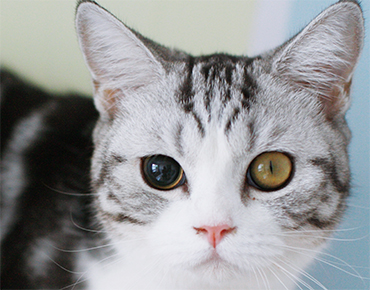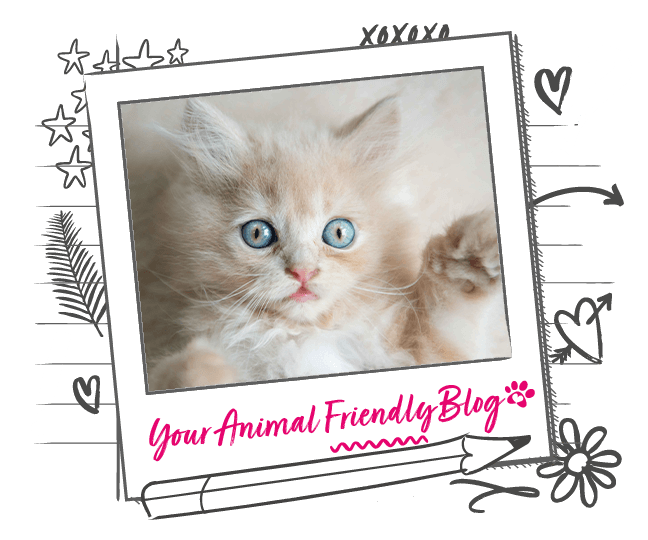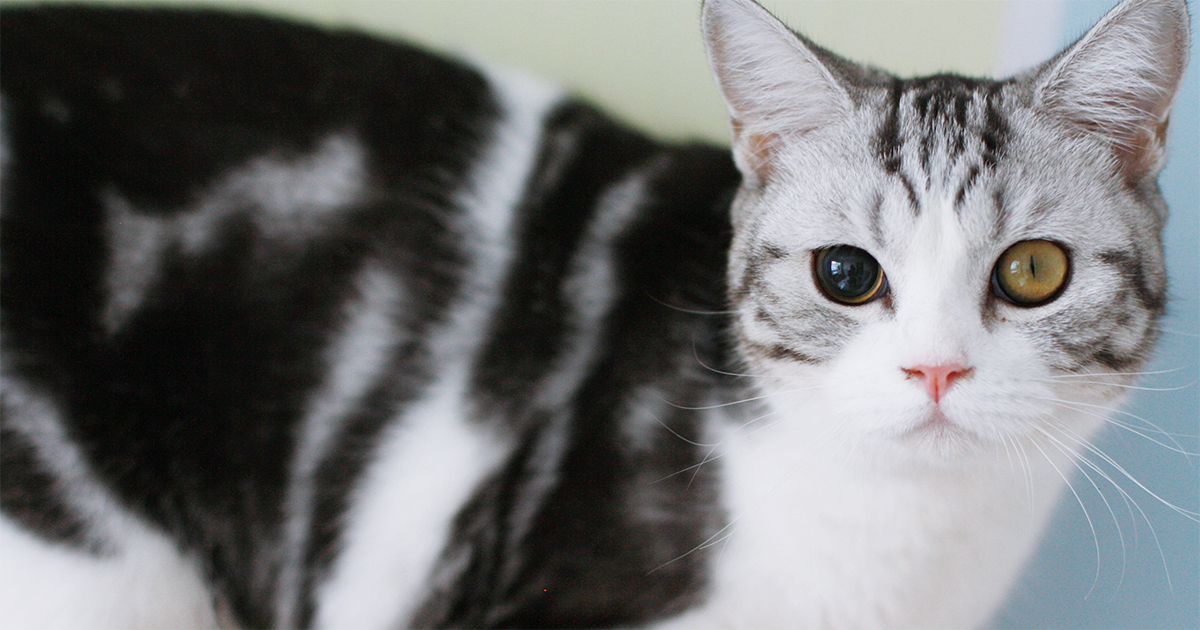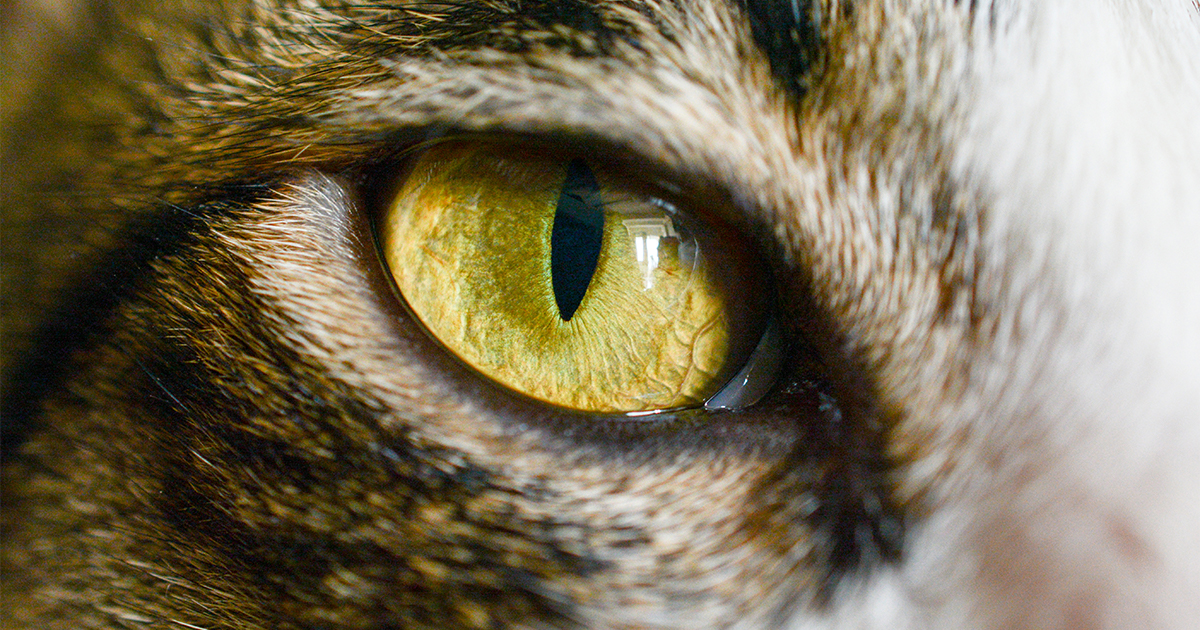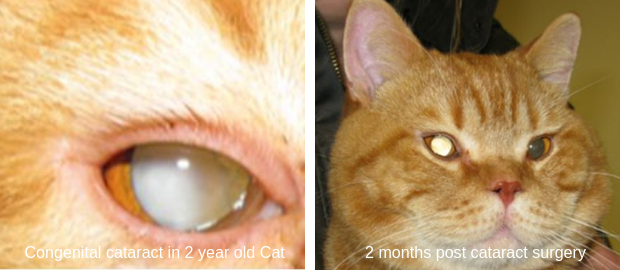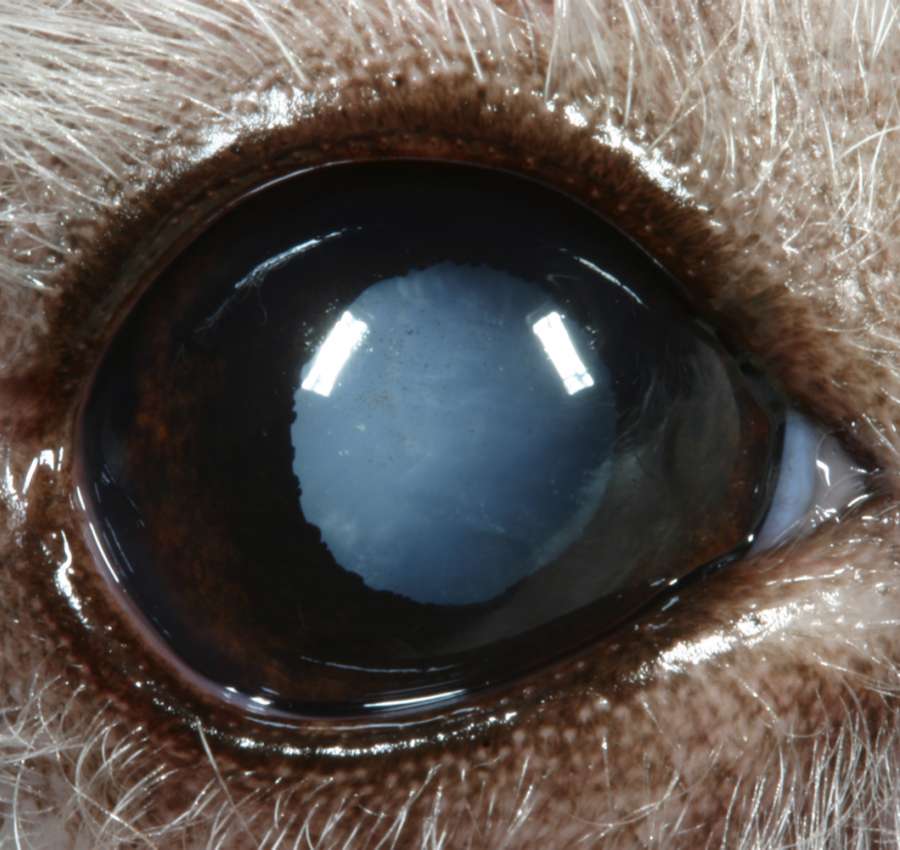cataracts in cats uk
A bluish gray or white layer on the eye A sudden reluctance to climb stairs or jump on furniture Clumsiness. For instance Persian Birmans and.
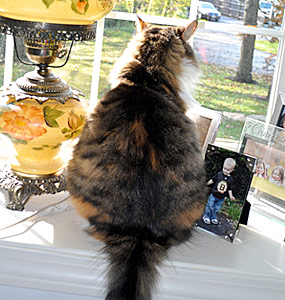
Treating And Preventing Feline Cataracts In Cats
If your cat is one of these breeds check their eyes frequently for changes and consult a vet or eye specialist if you see signs of cataracts.
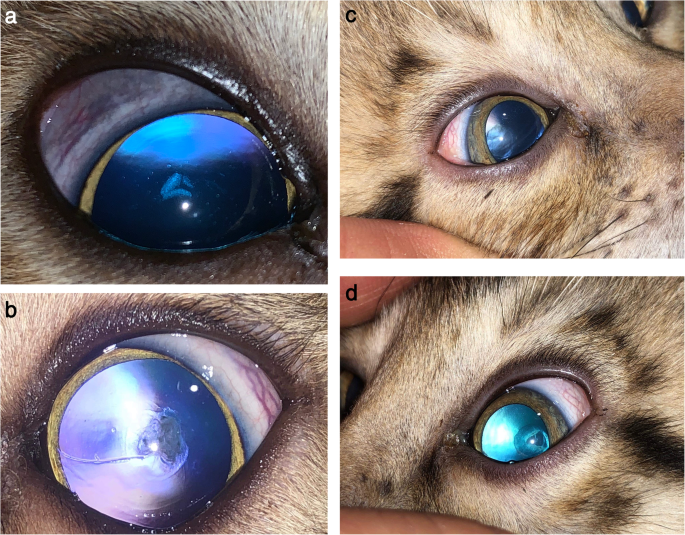
. In some cases the affected area of the lens may be tiny and the resulting impairment in vision will be inconsequential. The most common cause of cataracts in cats is inflammation within the eye which is often described as uveitis. Failing eyesight with old age is common not only for cats but for many other species.
Many cataracts are asymptomatic at the time they are diagnosed during a veterinary exam. Causes of Cataracts in Cats. Although some cats show no signs of decreased vision especially if only one eye is affected in most advanced cases cats have vision deficiencies.
Feline cataracts is a common eye problem in cats especially as they get older. Up to 30 cash back Cataracts in cats. Poor nutrition in early life.
When the eye lens located directly behind the iris is clouded it prevents light from passing to the retina which can cause vision loss. This can occur as a result of a number of underlying diseases processes. This can cause partial or complete vision loss.
There are many potential causes of cataracts because any type of damage to the lens can lead to a cataract. Certain organisms including some bacteria viruses parasites protozoa and fungi. How we diagnose cataracts.
Inflammation as with cat cancer glaucoma trauma autoimmune diseases or infection Lens dislocation typically after trauma or inflammation Cats may also develop cataracts that are related to other diseases such as. Cataracts is a disease involving an alteration and loss of transparency of the lens or intraocular lens which makes visibility difficult. Malnutrition as a kitten.
Cataracts are more often seen in older or diabetic cats. The cost mentioned here is for surgery of one eye. Reasons why cats develop cataracts include the following triggers.
Cats easily adjust to the small loss of vision from those cataracts. Cataract surgery in small animal patients dogs and cats is considered a routine ophthalmic operation. Based on a 10kg dogCommon surgical procedures.
These changes are an obvious sign of cataracts. Light bounces off and highlights a cataract sitting in the eye. Trauma to the eye.
Common causes of cataracts in cats. Chronic uveitis a form of inflammation of the eye Glaucoma. A cataract is a condition in which the lens becomes cloudy or totally opaque.
Distant direct ophthalmoscopy a light is shone into the eye and cataracts appear as a dark area in the light that bounces off the back of the retina. For most patients it is possible to put in an artificial lens where the old lens was. There are many things that could cause a cat to develop cataracts.
This can occur as a result of a number of underlying diseases processes. Poor nutrition in early life. Cataract surgery is the most common operation in the uk.
The most common cause of cataracts in cats is inflammation within the eye which is often described as uveitis. When this happens incoming light is impeded if not totally prevented from passing through the eye to the retina. Normally the lens is clear so when you directly look at the pupil it appears black.
Cataracts in cats are usually caused by another condition such as an injury glaucoma uveitis or lens luxation. Most cases of cataracts are inherited. A cataract is a change in the lens in your cats eye that blocks light from getting to the retina where their vision cells are located.
Cats can develop cataracts within their lens for many reasons having a genetic predisposition is the most common. If you are thinking of having one of these breeds be sure to ask the breeder about any cataract or other genetic disease history. Uveitis can lead the bodys immune system to recognize the lens as a foreign material contributing to the formation of cataracts.
Cataracts in cats uk. Cataracts can occur in cats of any age sex or breed. It has been postulated that a deficiency of the essential amino acids arginine and phenylalanine produces cataracts in dog cat and wolf puppies raised on commercial as well as experimentally produced milk replacers 15.
With cataract surgery costing on average 3610 in the uk and an nhs. The fact is cataracts are more common in older cats. The breeds of cats that have been reported to be associated with cataracts include Persian Birman Himalayan and British Shorthair.
Cataract refers to the cloudiness in the crystalline lens of the eye varying from complete to partial opacity. A cataract is an increase in the opacity of the lens of the eye. This can occur as a result of a number of underlying diseases processes.
Metabolic conditions most commonly diabetes and high blood pressure. This is because you can see straight through to the back of the eye. Here are the most common causes of cataracts in cats.
The cataract is removed using a technique called phacoemulsification also used in the removal of cataracts in humans. Cataracts in cats are usually caused by another condition such as an injury glaucoma uveitis or lens luxation. Heredity is a major factor.
Inflammation inside the eye also called uveitis. This advice is for UK pets only. Watch for milky or cloudy eyes.
Cataracts are the deposition of opaque material within the lens of the eye causing the lens to lose transparency and preventing light from passing to the retina. Certain cat breeds are predisposed including Persians Birmans Himalayans and Domestic Shorthairs. Cloudiness of the Eye Lens in Cats.
Retinal detachment - retinal detachment is where the thin layer of cells the retina separates from the back of the eye causing loss of vision. Genetic or hereditary factors Birmans Himalayans and British Shorthairs may be genetically predisposed Eye trauma Inflammation within the eye iritis or uveitis Radiation exposure Infection Nutritional imbalances Metabolic. Slit-lamp biomicroscopy shines a thin slit of light through the eye.
As we said above cataracts in cat are rare but still they can occur to any cat and there are some reasons which increase the risk of cataracts. How much does it cost to have a dogs cataracts removed UK. Cataracts in cats can develop due to.
But if your cats lens and pupil look milky or cloudy she may have cataracts. Cataracts in cats can develop due to. The clinical signs of cataracts vary significantly depending on the size of the cataract.
The most common signs are. Why Do Cataracts in Cats Occur. Common causes of cataracts in cats are.
Penetrating injury to the eye commonly caused by fighting with. The lenses used are made specifically for each species ie. Uveitis can lead the bodys immune system to recognize the lens as a foreign material contributing to the formation of cataracts.

Cat Cataracts Signs Treatment And Prevention Daily Paws

Cataracts In Cats Causes Symptoms Treatment Hill S Pet
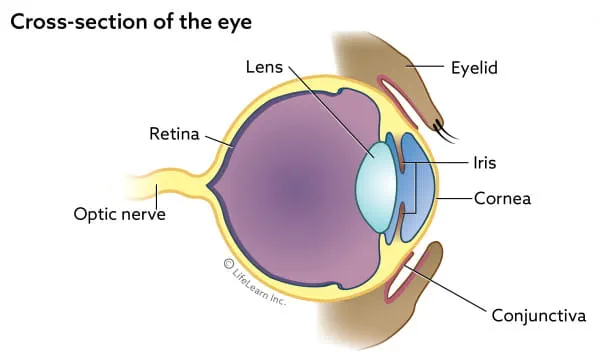
Cataracts In Cats Vca Animal Hospital

Pdf Hereditary Cataracts In Russian Blue Cats Semantic Scholar

Hereditary Cataract In The Bengal Cat In Poland Springerlink
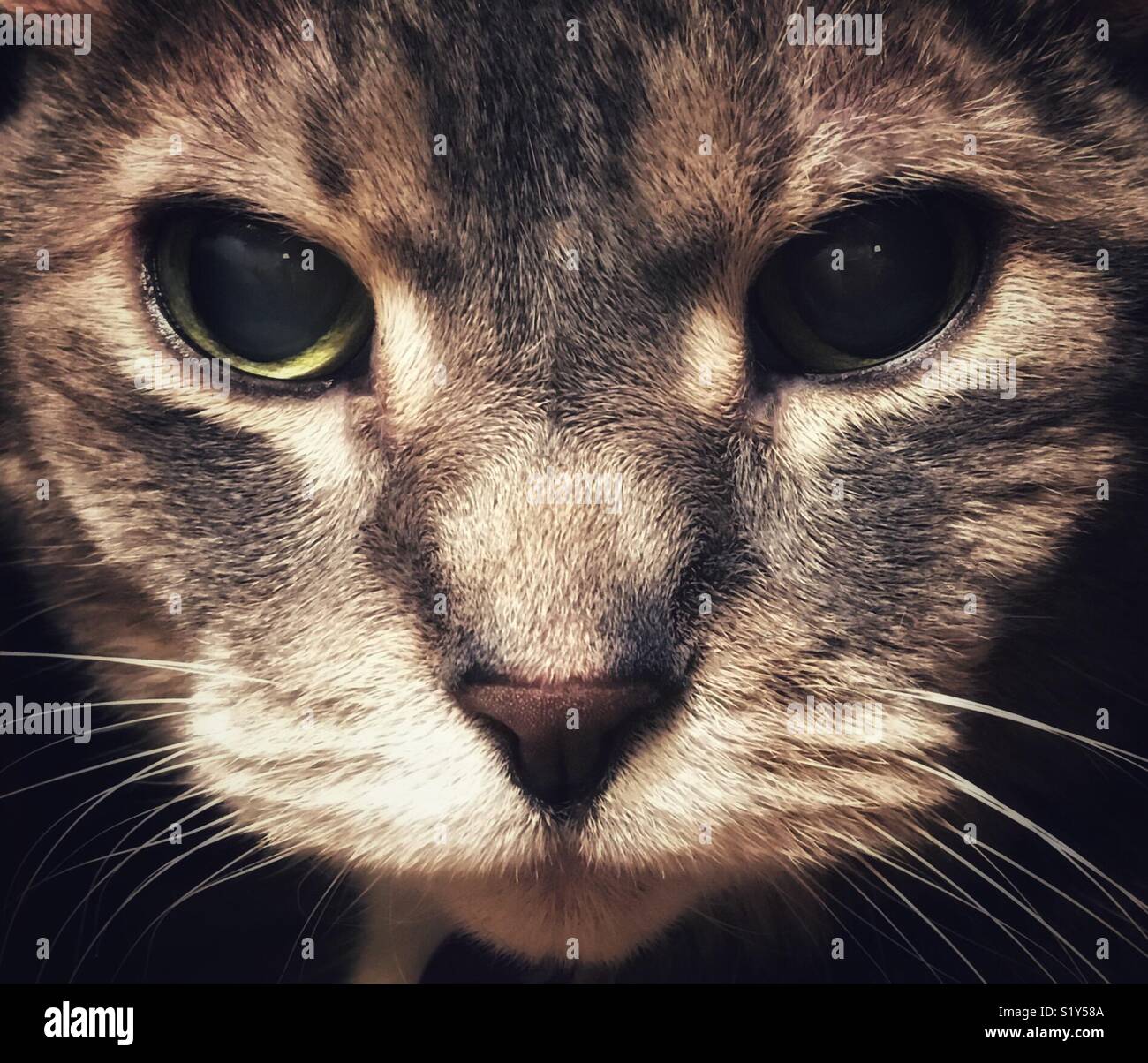
Cat With Cataracts High Resolution Stock Photography And Images Alamy

What To Do If Your Pet Has Cataracts Woodgreen Pets Charity

Hereditary Cataract In The Bengal Cat In Poland Springerlink

Cataracts In Cats Dogs And Rabbits
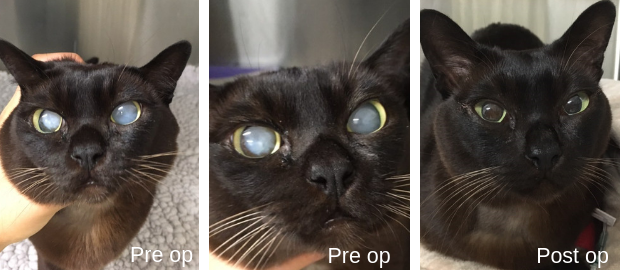
Veterinary Referral Blog News Eastcott Referral

How Do I Know If My Cat Has Cataracts Poc
